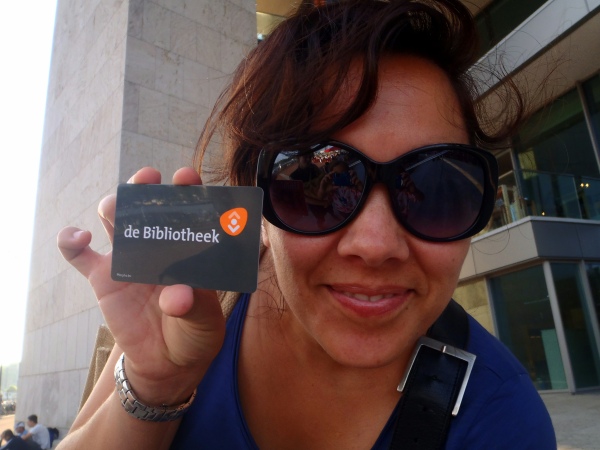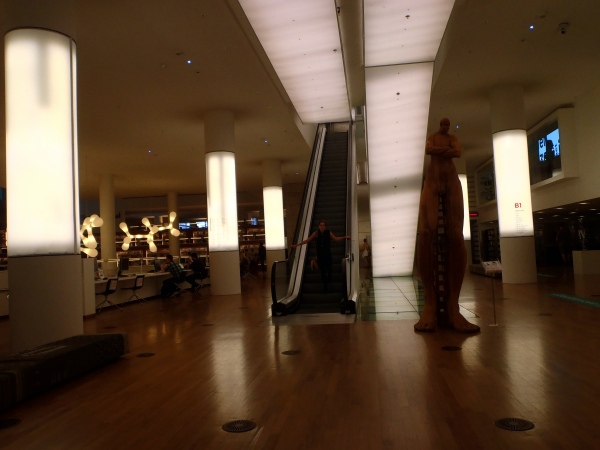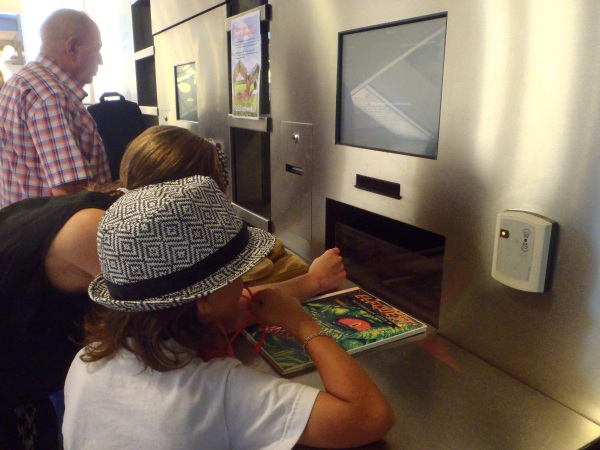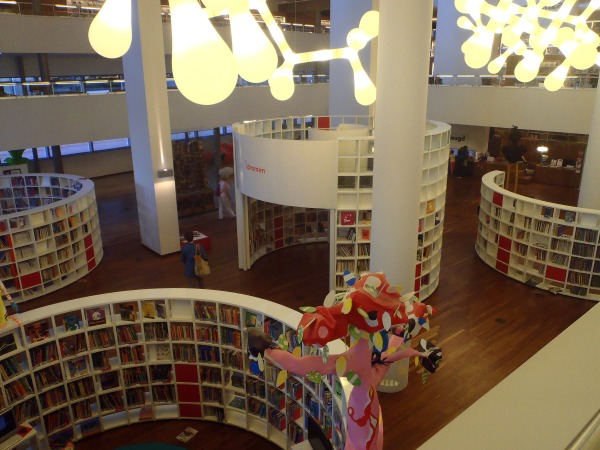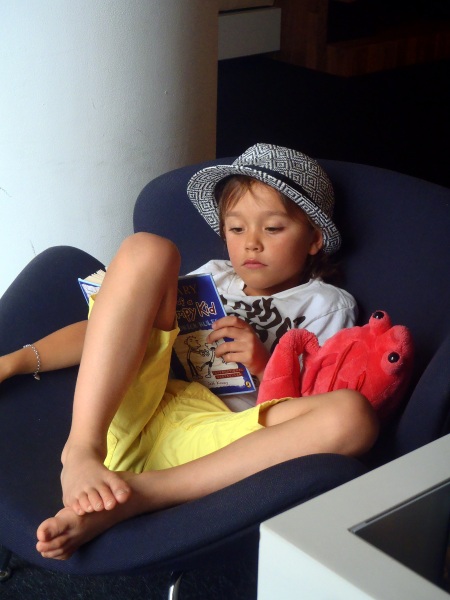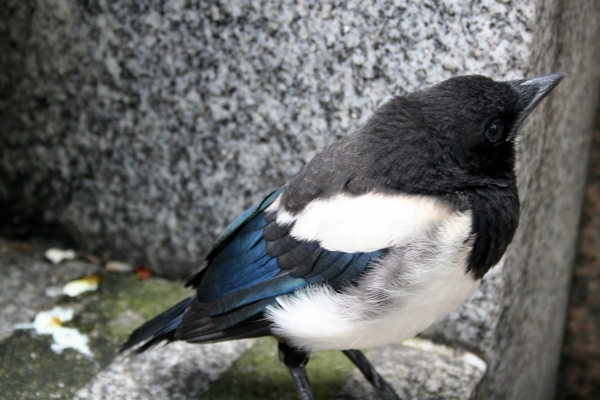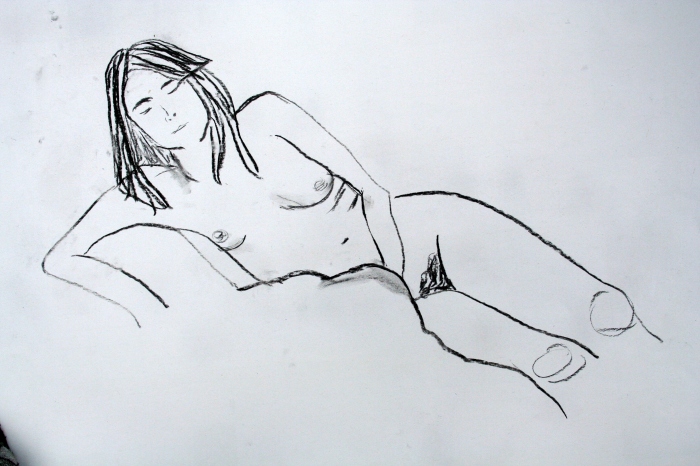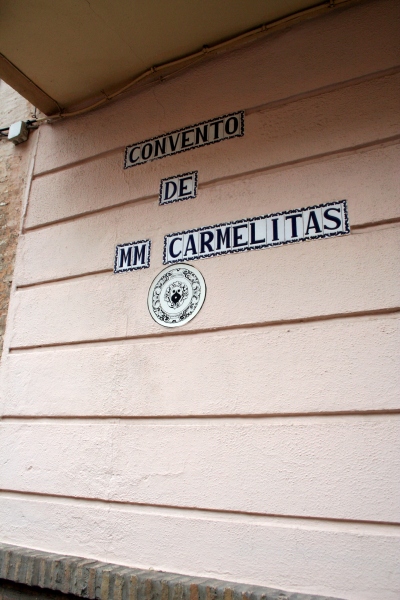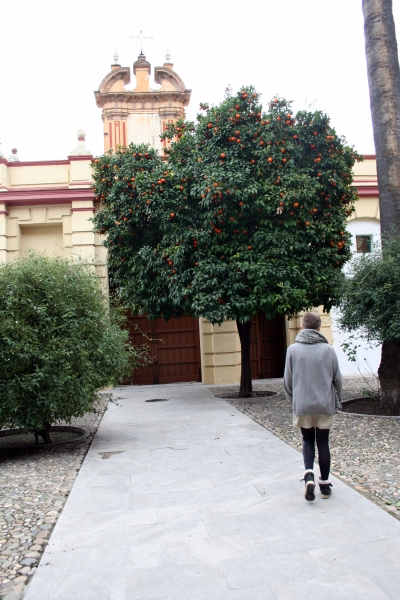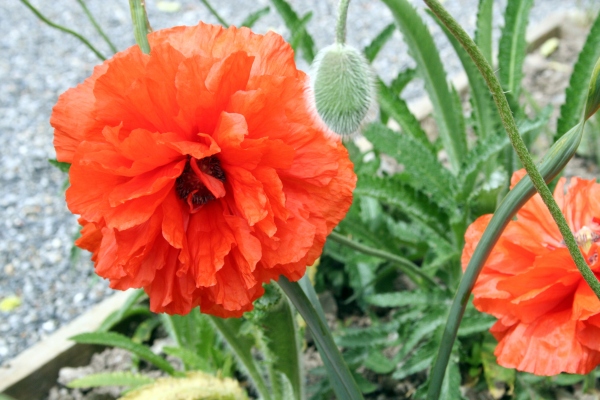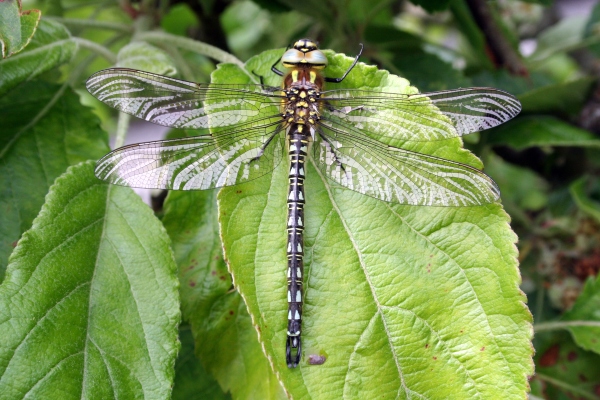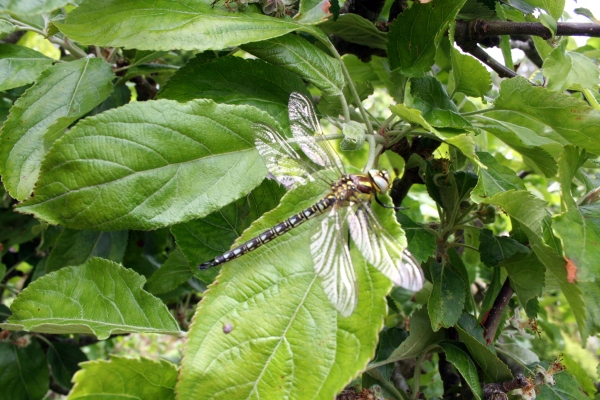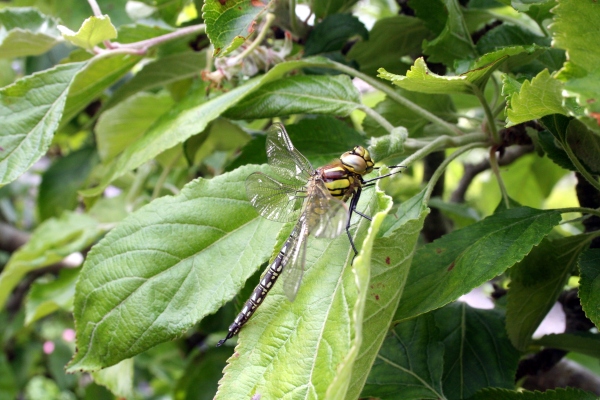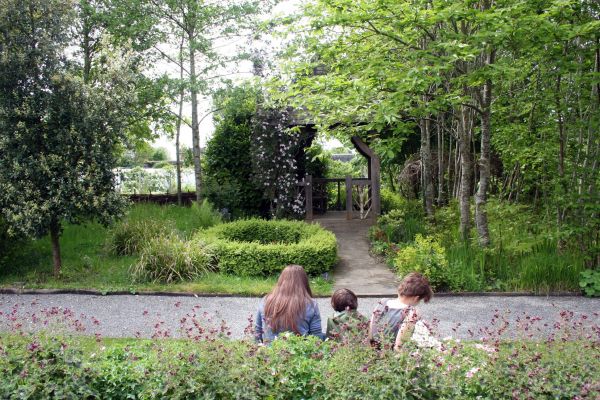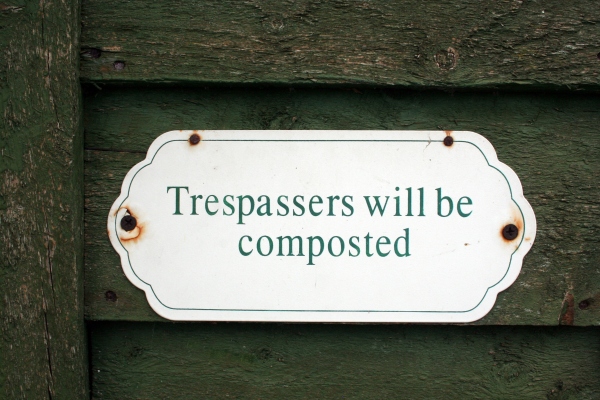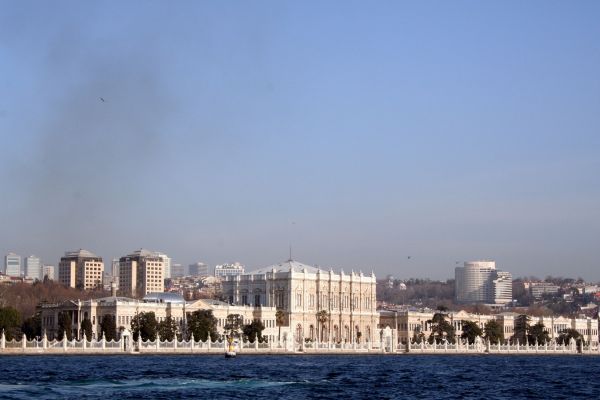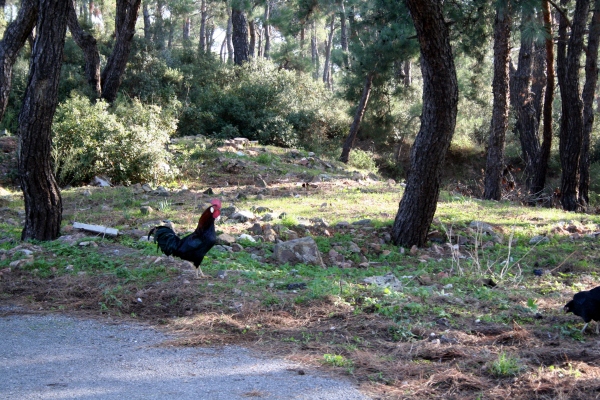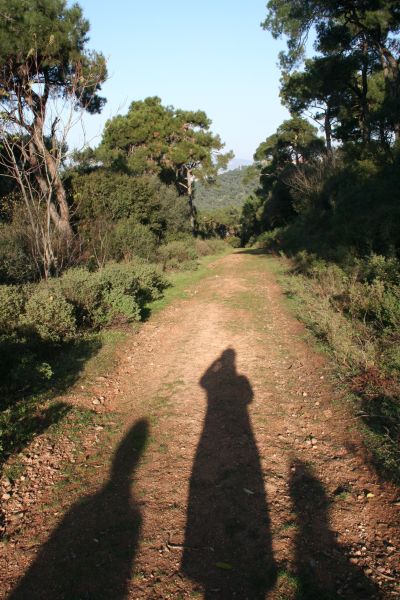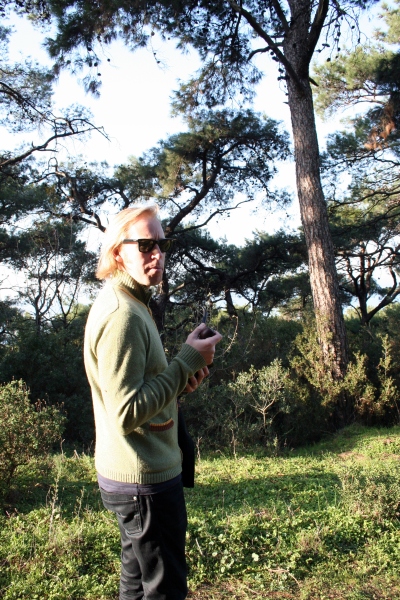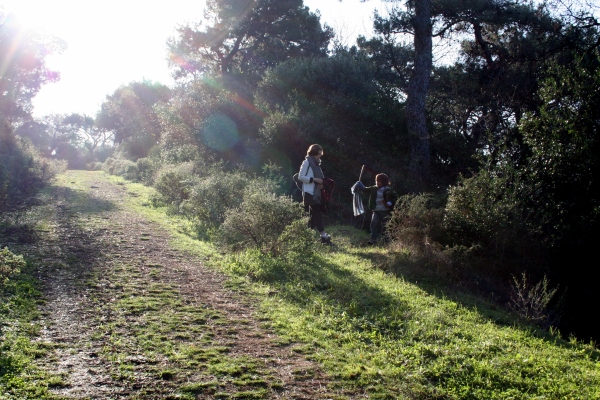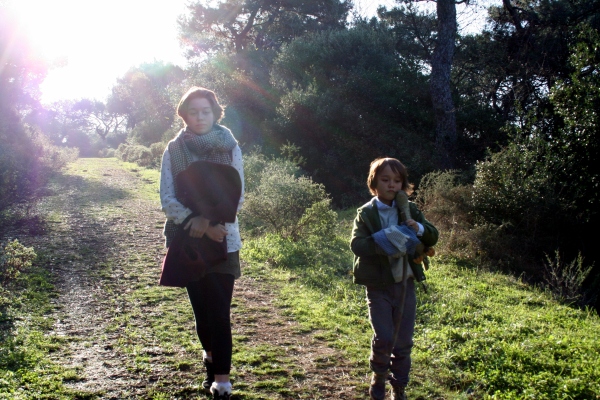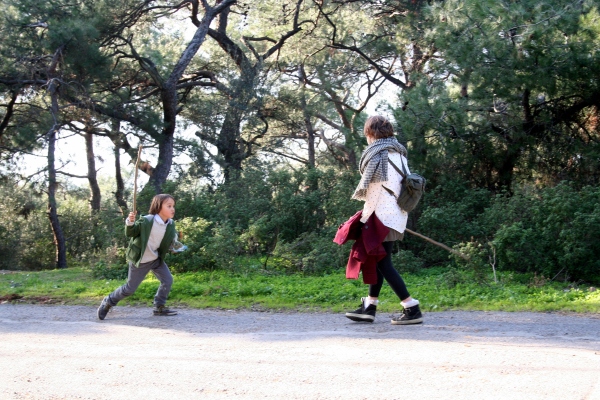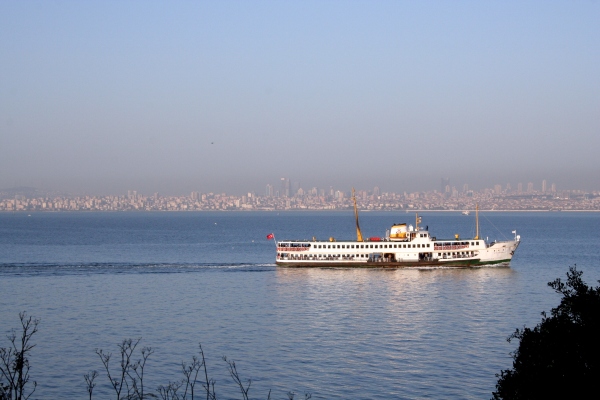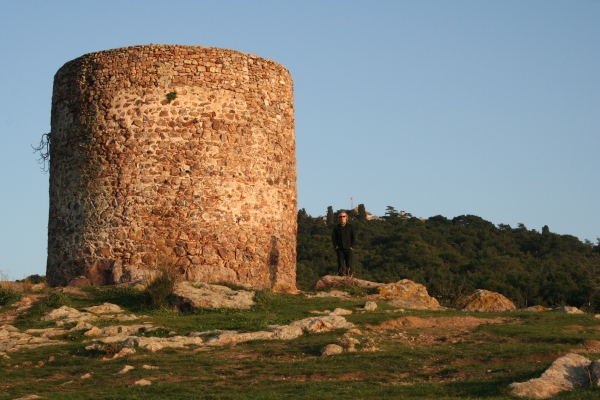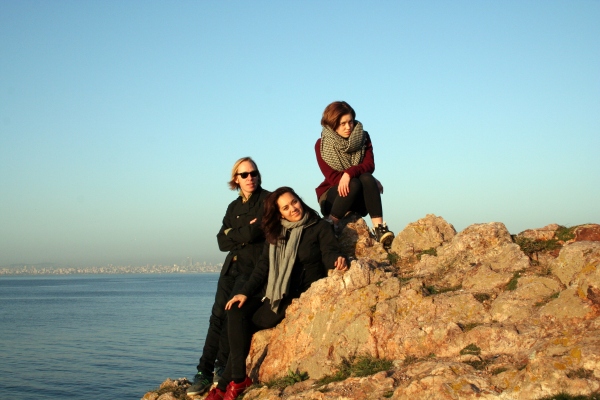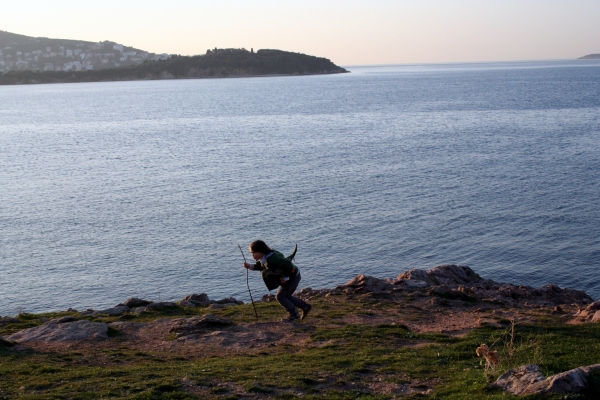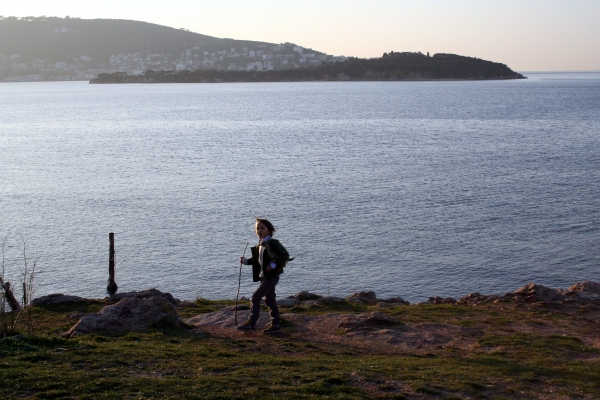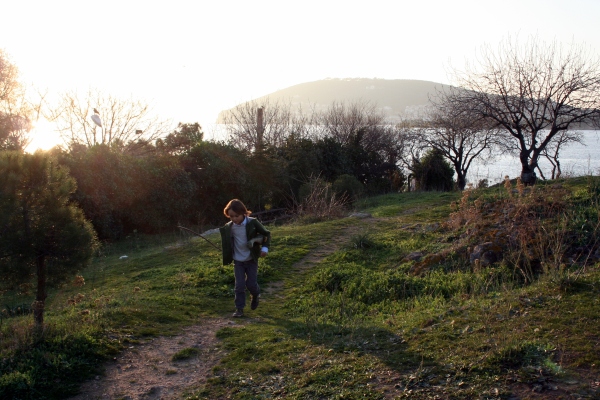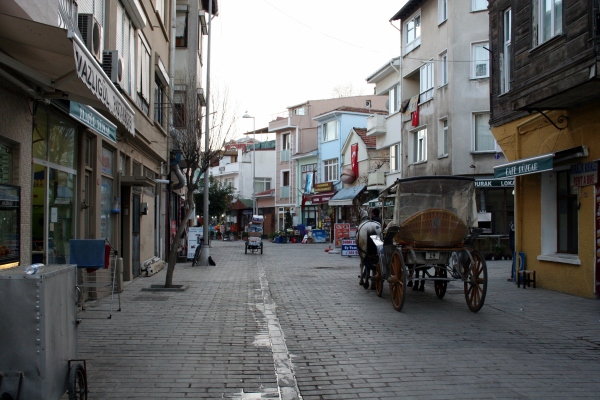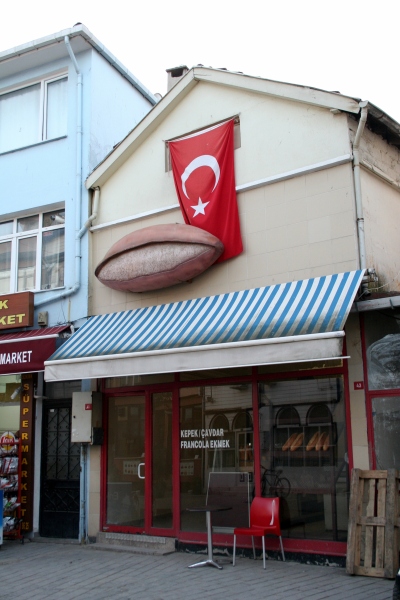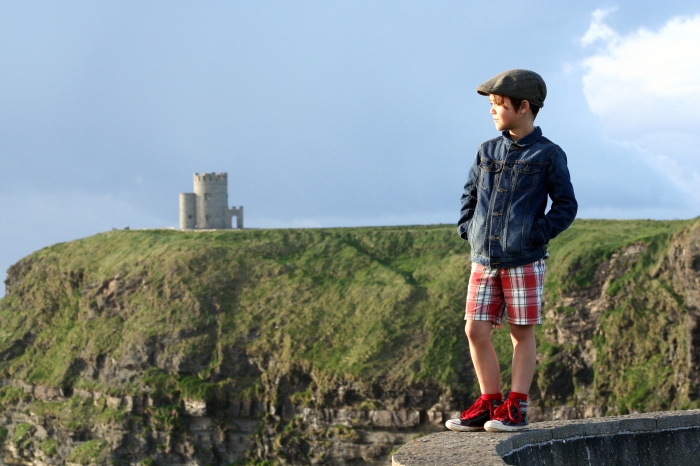Many people have asked us “Why X?” where X is one of the places that we have stayed this year. So I thought I would try to thoroughly answer the question, partly just to clarify for myself so I can have the answer ready and don’t have to think so hard all the time. Thinking’s the worst.
Amsterdam (capital of the Netherlands, but really its own country culturally speaking, population around a million)

Our home at 304 Keizersgracht…in the thick of it
This one was easy, and is explained pretty fully on my About page. It was the genesis of the whole plan and so it was obvious that we would go there first. So, I think no explanation is necessary here.
İzmir (third city of Turkey, very liberal and secular, relatively speaking, population around 8 million)

Since this was taken from the veranda of our 7th floor apartment in Izmir, obviously our building isn’t in it. But trust me when I say it is indistinguishable from all the buildings in this photo.
This one is much more complicated. First of all, it’s important to say that our decisions were very restricted by the Schengen visa situation. After spending ninety days in the Schengen area, we had to leave the area for ninety days before we were allowed back in. This one rule formed the entire structure of our trip.
The list of countries that we could go to in Europe (we briefly considered places in Africa, South America, North America, Asia, and Australia but decided that this would be our Europe year) was not very long. England, Scotland, Wales, Ireland, Croatia, Bulgaria, and Turkey were places we considered. Some places didn’t appeal to us, like Georgia. The UK and Bulgaria were not very attractive to anyone in the family. So that left Ireland, Croatia and Turkey. Since our second three-month period would be during the months of October, November and December, we chose Turkey because it is the furthest south. Obviously no sane human would go to Ireland during those months and several Croatians we spoke to said it was pretty rainy in Croatia during that time too. So what initially seemed like a hard decision became easy.
Within Turkey, we quickly discarded the idea of living in İstanbul, which would be the obvious choice. We did this because we had heard that life in the world’s second biggest city is very intense. Now that I’ve fallen in love with Istanbul and experienced the good and the bad there, I think I would actually live there. I would even live there for three months with kids, but probably not longer than that.
But at the time we made the decision İstanbul was too intimidating to us. Even Amsterdam felt too urban for our family. One aspect of living in the Nine Streets that I found really challenging was not having any “outside” to let the kids be in. We could walk for a few minutes to a little playground, but the luxury of a big open space close to our house was not available. It was a big adaptation. I would probably not live in central Amsterdam again, especially with kids. If I were going to live there, I would live close to the Amsterdamse Bos, the huge park in Amstelveen, a suburb where many families choose to settle. North Amsterdam also makes sense for families. But the Nine Streets is not ideal for kids. But this is a digression. Back to Turkey now.
So, with İstanbul struck off the list, the next biggest cities were İzmir, Ankara, and Antalya. Ankara is not on the sea, so forget it. Since living in Turkey was already such a big change (language, culture, religion, etc) we didn’t really think about living in a small town, though now I would definitely consider it. So it was down to İzmir and Antalya and we compared climate and available accommodation and collected advice from friends. My friend Elana had lived in İzmir (actually in the same neighbourhood that we ended up in) and gave it a thumbs up. So İzmir won the day. For Westerners, I think İzmir is a nice easy adjustment compared to many other places in Turkey. It’s known as laid back and liberal, which reminds of the reputation of Vancouver and Victoria compared to the rest of Canada, so it sounded right for us.
I love İzmir and I think it was a good introduction to Turkey for us (perfect, actually), but if I were going to live in Turkey again, I would be in Istanbul or somewhere small.
Seville (capital of Andalusia, hottest city in Europe, population around a million)

I don’t have any photos of the exterior of apartment building in Seville, but it’s just as well. It’s boring to look at, despite it’s plum location right on the river. Here is a shot taken in our living room, with all the Christmas gifts spread out that Grandpa Bumpa brought with him from Canada.
In January we were allowed back in the Schengen again and it was a sort of “the world’s our oyster” moment. But it was January. So really there were only a few places where the winter climate sounded like something we wanted to be a part of. Seville is the hottest city in Europe in the summer. I would probably never go there between the months of June and September. In fact, it was just starting to feel too hot to handle when we left on March 23rd. But for the winter, Seville sounded like it would be heaven. My friend Tom told me, when I asked, that “Andalucia is the best place to be in Europe in the wintertime.” So that sounded pretty positive. Tom lived in Spain for three years and has similar tastes and values to me, so I knew I could trust him. I told him that I was very anxious to avoid landing in one of those parts of Spain that has essentially been converted to an English village. I have heard that there are places in Spain where they (the Brits) have re-created East London or some such thing. That would be very disappointing for us to end up in such a place. Tom said not to worry, that the Brits were concentrated in seaside places and that if you went into the middle of the country, you would be in “the real Spain”.
Actually I was unconvinced that Seville would be the right choice for us and initially advocated for Granada or Cordoba. Much as I love those two cities, boy am I glad we chose Seville. Because it’s the largest of the three (about a million people) it’s just got so much more to offer for a long-term visit. I would very happily spend another winter in Seville some day.
Gortnacooheen (merely a postal designation, not an actual village or town, in East Galway near the town of Portumna, population 2100)
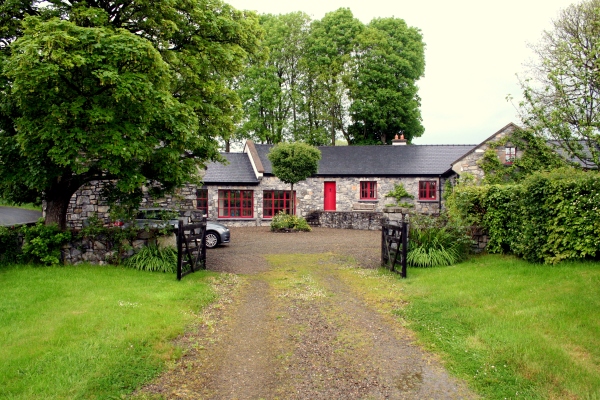
Our house in Ireland is far and away the nicest of the four. But we’re paying dearly for it, so whereas in the other places we lived in more modest digs but lived the high life (going to restaurants, etc), here in Ireland we have a fancy home but are living much more simply (making our own bread, using electricity sparingly, etc). It’s funny.
Question: What is the population of Gortnacooheen and where is it?
Answer: less than twenty people, about a hundred sheep and fifty cows, and it’s near the northern tip of Lough Derg in County Galway, close to the border with county Tipperary. The owners of our house consider it to be in North Tipperary, though I find this a questionable claim, since it’s clearly in Galway.
Anyway, Gortnacooheen is nothing but a cluster of houses and farmland and probably only has a name because Ireland does not use postal codes. We do our shopping and visit the library and get pizza in Portumna, a town of 2000, which is about 8 minutes by car.
The choice for our fourth three-month period came down to Croatia and Ireland. See above for rationale. We could also have returned to Turkey, of course, and I think that would have been a cool and fun option that would have allowed us to see more of the country and learn more Turkish. But Sophia wouldn’t stand for it. The truth is, she did not enjoy Turkey much. There were some exceptions, of course. Certain aspects of it she loved, including some parts of the food culture and Cihangir and Cukurcuma, two adjacent neighbourhoods in Istanbul that are very hip and fun. But overall she felt isolated in Turkey and wanted to leave from the moment we arrived. So that idea did not gain traction.
There was a little bit of conflict in the family over the Ireland/Croatia decision. Tobias was feeling more Croatiaish and Sophia was feeling more Irelandish. Sebastian didn’t care and I was on the fence, but leaning toward Ireland, mostly for Sophia’s sake. Tobias wanted the beautiful climate and scenery and Mediterranean lifestyle of Croatia, as well as an exotic new culture to explore. I wanted this too. Tobias and I both felt like it would be “good for us” to learn another new culture and language but the lazier side of our natures both found the idea of an English-speaking locale very soothing and relaxing. I know that once we finally decided on Ireland, I had an amazing sense of relief, feeling like I’d reached the hardest point on our journey and the rest was going to be downhill. Associated with that feeling is the guilt of feeling like you’re not really stretching your wings enough if you’re not scared, but I was able to tell that little voice to shut it by arguing that what I really wanted was time to process and write, and Ireland was the only place I was going to get that.
Have I mentioned that I’ve lived in Ireland before? Yeah, I did. In the summer of 1996, for four months, in a working class neighbourhood in Dublin 4. East of the centre and south of the Liffey. It was a formative experience for me when I was 19 and I have always hoped to return. I think my tales of that time have informed Sophia’s inclination to see Ireland ever since she was small. But also she really wanted to be in an English-speaking country. That was a huge draw.
Once we finally decided on Ireland, it was time to find a place to live. This turned out to be much more difficult than it had been in any of the other three places we went to. Like, MUCH.
Our first choice was Galway, second choice Cork, third choice Dublin. You can see that in general we prefer “second cities”. A big reason for this is that we want to be more integrated into the normal life of the place, and in the biggest cities in any country is where you can most easily slip into a life where you find other ex-pats and just spend all your time hanging out with Canadians. Dumb and pointless. You might as well go back to Canada. Anyway, choosing second cities doesn’t eliminate this problem, but it does lessen it. So no Dublin for us. Or so we thought.
It turned out to be impossible to find accommodation for the months of April, May and June in Galway or Cork. There was nothing available that looked the least bit appealing. We were surprised and a little stymied, since all three other cities we’d lived in had been so obliging with providing accommodation. So we looked at Dublin and nothing was available there either! At this point Sophia and I started to consider rural living while Tobias started to make inquiries in Dubrovnik and Split.
Despite Tobias not being fully on board with living rurally, I did mange to find and secure a place in a village of 300 in West Cork, about an hour from Cork City. This done, it remained to convince Tobias that we could try something so vastly different from what we were used to. I was surprised when he eventually took the leap, and a little apprehensive about how his city-loving nature would survive in a quiet environment. After all, he feels that Victoria, at about 400,000 people, is far too small to be liveable, and here we were considering living amongst only 300 people for 3 months.
So everything was settled.
Until the day we came home from Jerez de la Frontera. This was February 28th, three weeks from the day we had to leave our Seville apartment and also the Schengen area. We had traveled to Jerez by train for the day so that the family could watch a few minutes of the last day of an intensive flamenco workshop I had been taking at the Festival de Jerez. It was such a nice day, with the highlight being the moment my teacher noticed the three strangers in the back of the room and made me dance solo for them. A moment I’ll never forget.
I’d like to forget the moment that came when we returned home and I checked my email, though. I learned that our chosen rental in Schull, West Cork, had experienced a devastating flood and would not be available after all. After all that, we had to go back to the drawing board for our Ireland accommodations.
So we started again and the question of Croatia was opened again and I had to email the mother of Natalie, Sophia’s friend who wanted to come visit in Ireland, and tell her to hold off on booking her ticket until things were settled again.
After another week of nail-biting, we had reached another decision, with the stone cottage. It’s funny now when I study a map of Ireland and look at the other two places we seriously considered that week. Both are so remote, out on peninsulas in the Atlantic, surrounded by wind and cliffs and sheep, one assumes. And the choice we made is nearly right in the middle of the country. It feels like we hedged our bets a bit, to be honest. But I guess that is what compromise is about.
And that’s how we ended up in Gortnacooheen.
Iceland
There is one last mini-leg to this trip, a kind of epilogue. And the answer for why we’re going to spend our last week in Iceland is simple: my friend Ali planned a trip there including doing the Suzuki Midnight Marathon and the whole idea was so appealing we decided to join her. Now that I’m in the throes of long-distance training, I certainly regret the choice, but I know I won’t regret it in the long run (ha!), and Iceland does feel like the perfect way to end. Something totally different. Something that will made us hungry for next time. Not that I really need any help with that.

